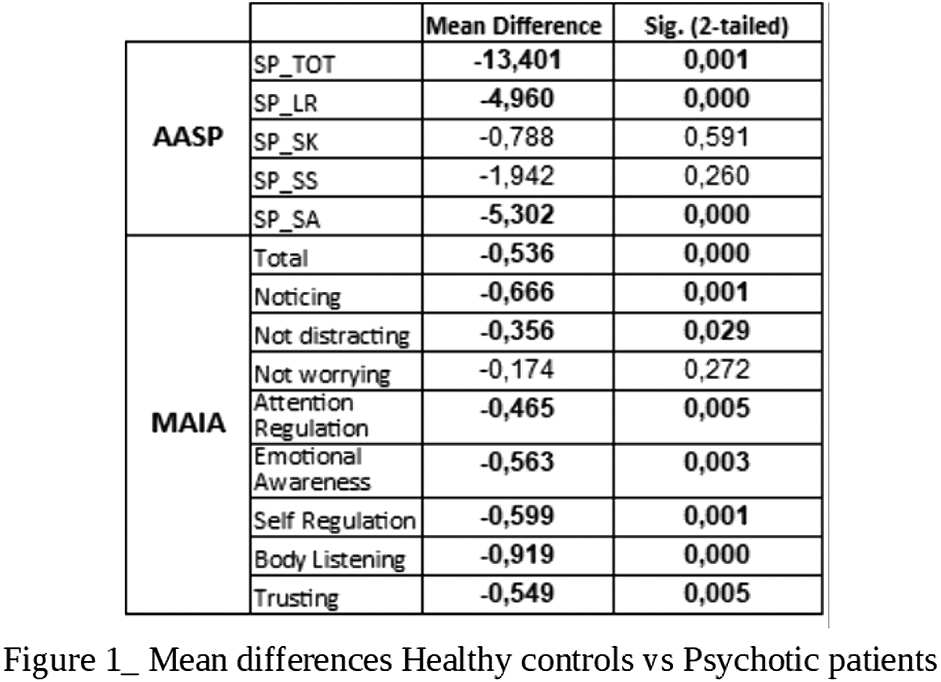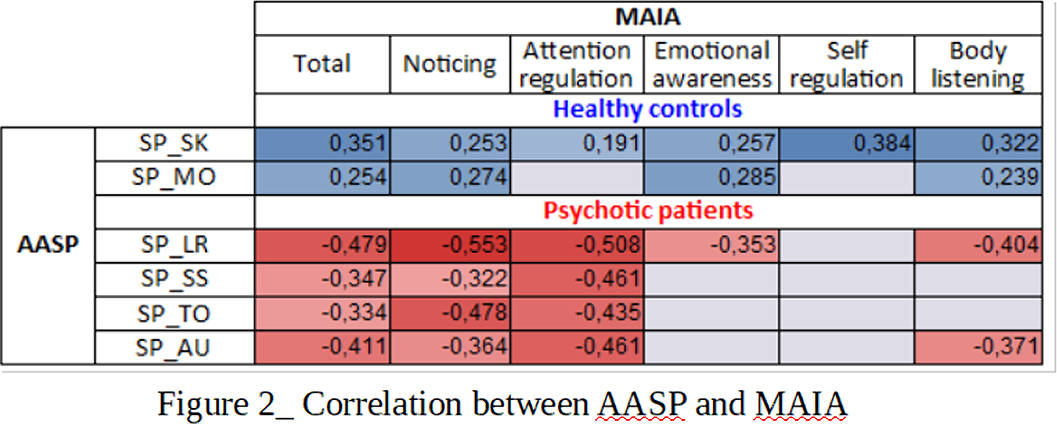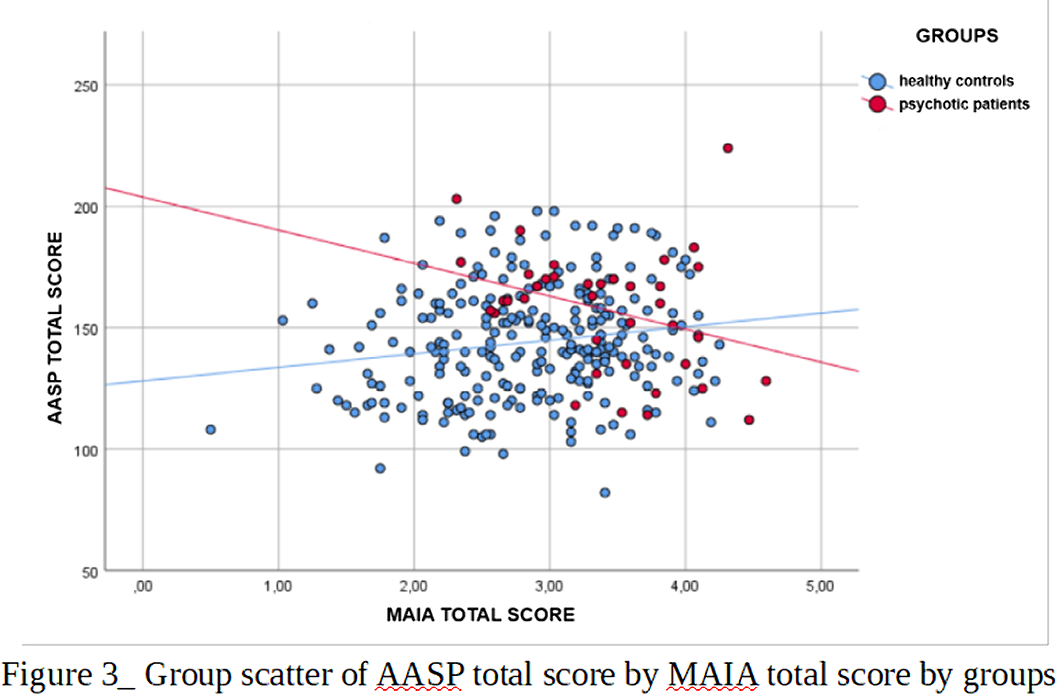Mixed cultures of different EPS-producing Streptococcus thermophilus strains in combination with a Lactobacillus delbrueckii subsp. bulgaricus strain with negligible EPS-production were used for yoghurt production. The yoghurt texture was characterised with respect to sensory, rheological and microstructural properties and the EPS-concentrations were determined. The cultures resulted in yoghurts with highly different texture properties, and positive interactions between certain Streptococcus thermophilus strains were observed. The underlying properties of yoghurt texture are multidimensional, but a number of microstructural characteristics were apparent in the yoghurts with the highest mouth thickness, creaminess and viscosity. A strong protein network, not too dense and with medium size pores containing EPS, seems associated with these properties. The presence of capsular polysaccharides (CPS) also appeared to be beneficial as did a combination of EPS types, which were distributed differently in the protein network (in serum pores, respectively in association with protein). Obviously, a certain concentration of EPS must be present to provide for these effects on yoghurt texture, but other factors than concentration per se seem more important.




